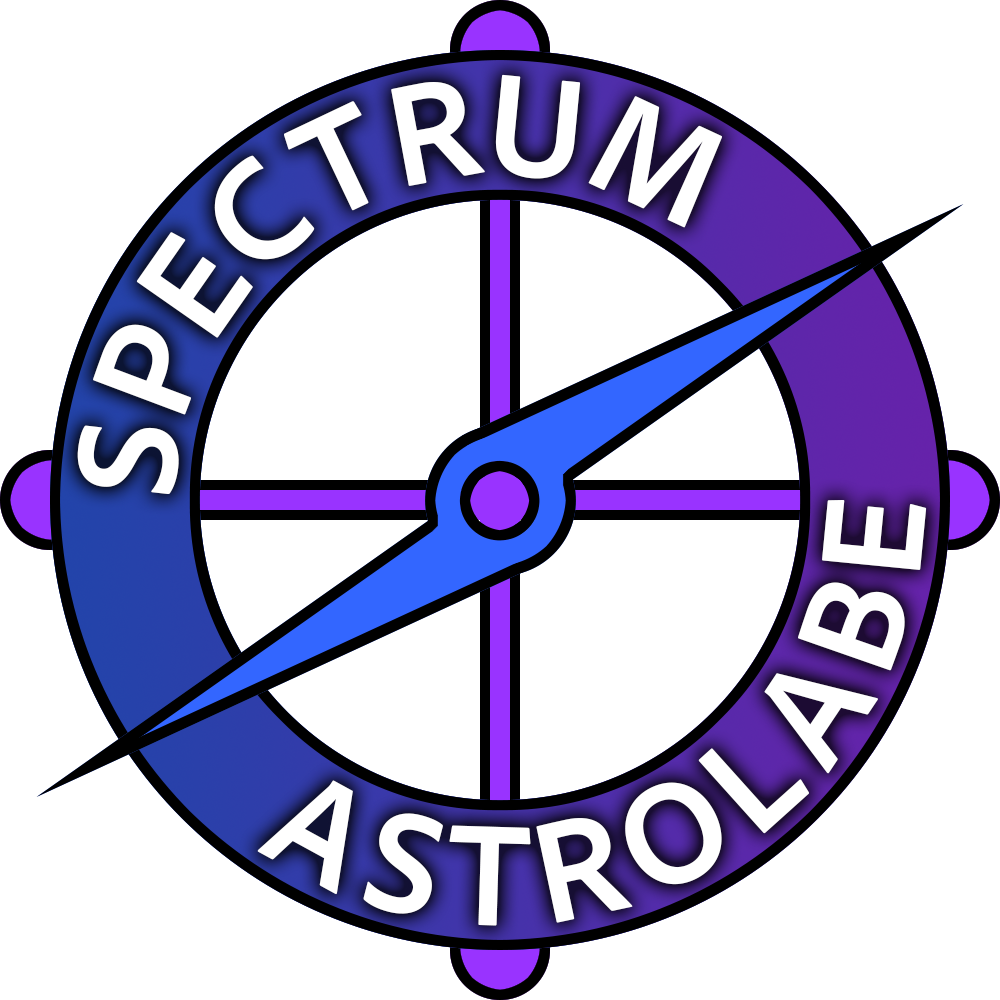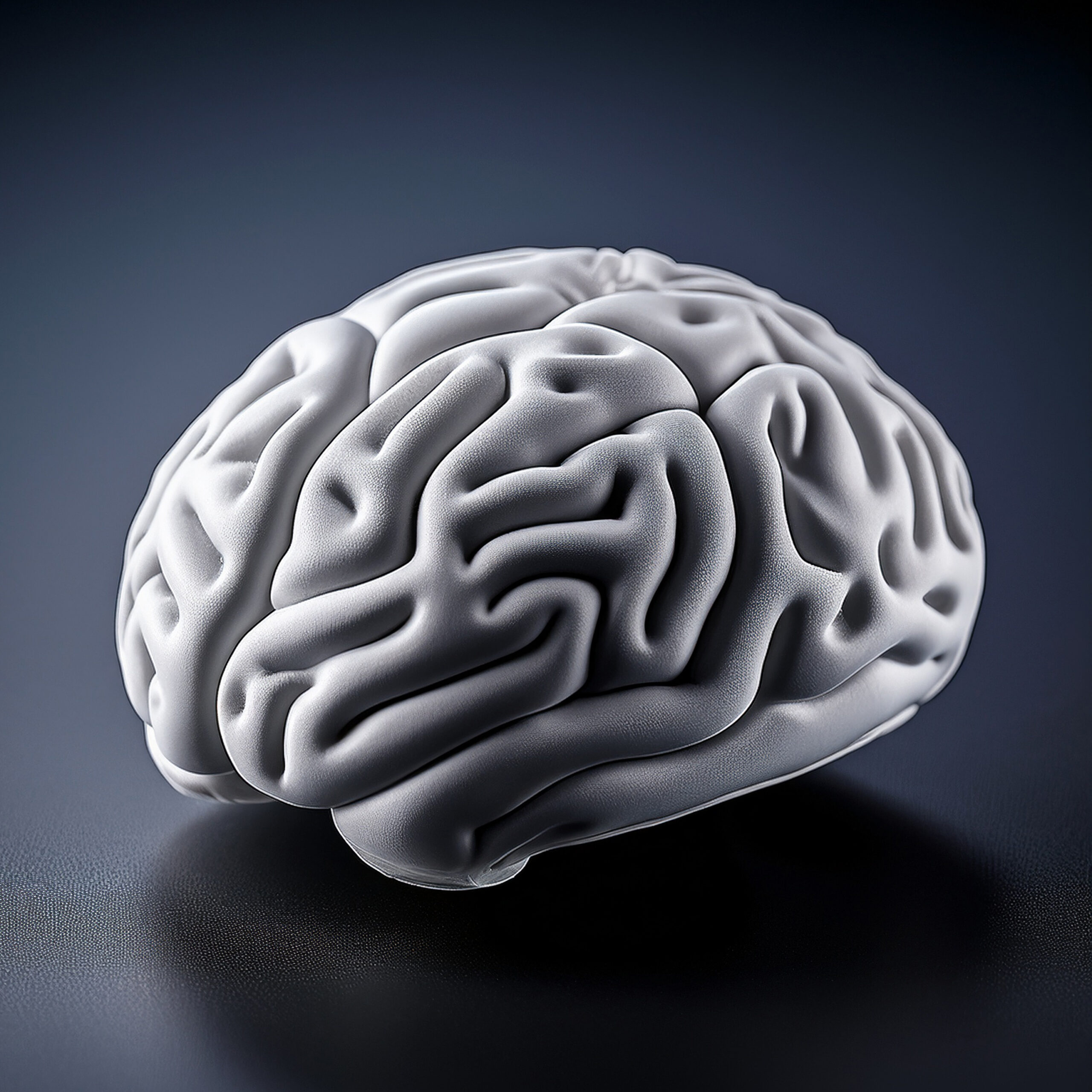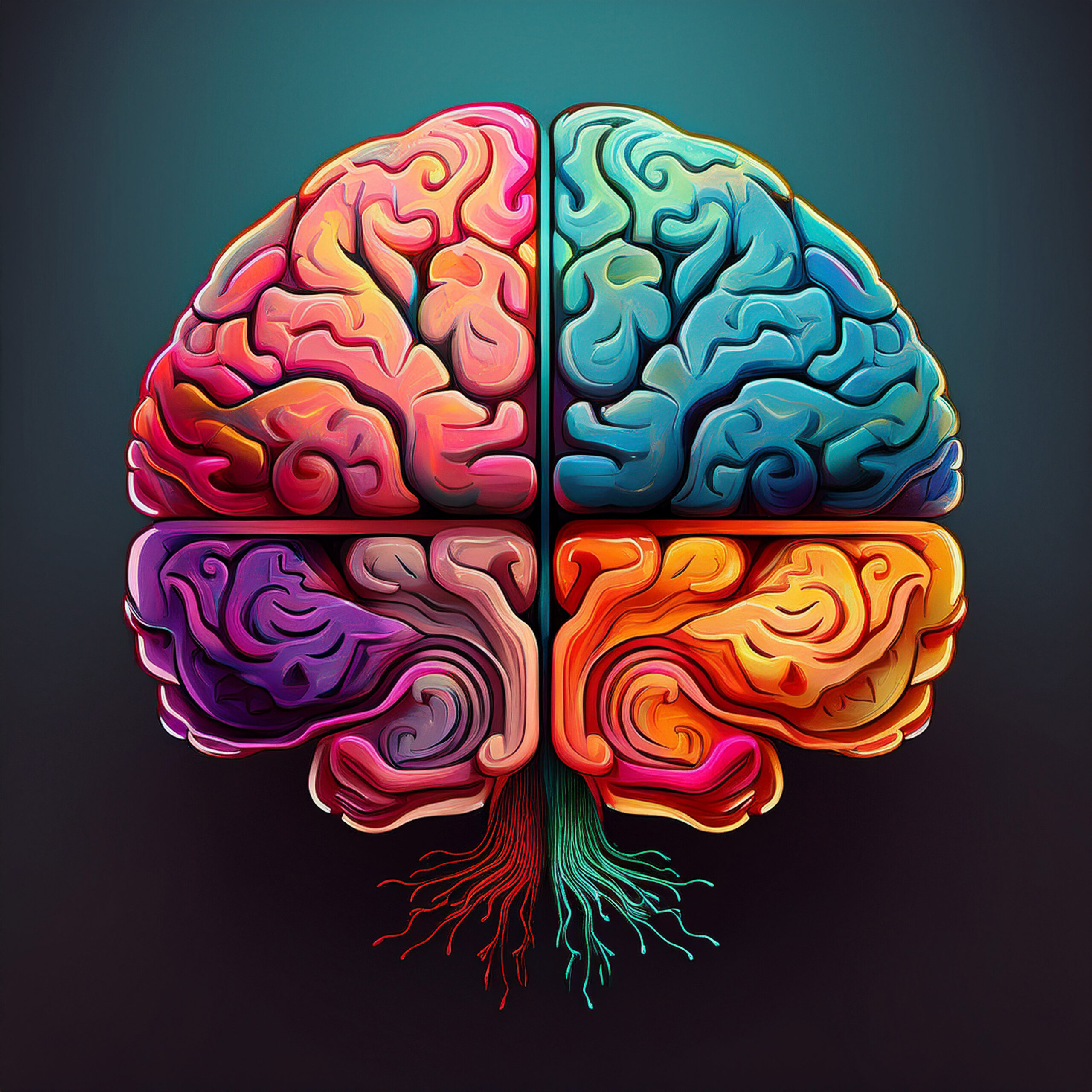Imagine being able to listen in on the tiniest conversations happening in your brain-one cell at a time. That’s exactly what scientists are doing with single-neuron research, and it’s giving us brand-new clues about autism.
What Are Scientists Discovering?
Neurons are the brain’s messengers. Each one sends and receives signals, helping us think, feel, and interact with the world. By tracking the activity of individual neurons, scientists can zoom in and see exactly how the brain works, moment by moment.
So, what does this have to do with autism? Autism spectrum disorder (ASD) affects how people communicate and interact socially. For years, researchers have wondered what’s different in the brains of people with autism. Now, by listening to single neurons, they’re starting to find some answers.
One big discovery is about how people with autism process faces. In the brain, some neurons respond when we look at someone’s eyes or mouth. In most people, these neurons are especially active when looking at the eyes-a key part of understanding emotions and social cues. But in people with autism, scientists have found that these neurons respond less to the eyes and more to the mouth. This helps explain why some people with autism may avoid eye contact or find it hard to read emotions from faces.
Other studies have shown that certain brain cells help us guess what others are thinking or feeling. In autism, these neurons may work differently, making social interactions more challenging. By pinpointing which neurons behave differently in autism, scientists are starting to understand the “how” and “why” behind some common experiences in autism, like difficulty with eye contact or reading social cues.
Why Does This Matter?
This research matters because it deepens our understanding of the unique ways autistic brains process information at the cellular level. By identifying how specific neurons function differently, scientists can develop more personalized supports and strategies that respect neurodiversity and help autistic individuals navigate sensory and social environments in ways that work best for them.
Importantly, this research does not frame autism as a deficit or something to be fixed. Instead, it highlights the diversity of brain function and aims to inform approaches that enhance quality of life and inclusion. By focusing on understanding rather than pathologizing, these insights can contribute to creating environments and supports that acknowledge and accommodate the varied experiences of autistic people.
Ultimately, this work fosters greater acceptance and empowerment by providing a scientific foundation for appreciating neurological differences, which can influence education, workplace accommodations, and social policies in ways that honor autistic identities and needs.
Sources
- The Transmitter: Tracking single neurons in the human brain reveals new insight into language and other human-specific functions – https://www.thetransmitter.org/human-neurotechnology/tracking-single-neurons-in-the-human-brain-reveals-new-insight-into-language-and-other-human-specific-functions/
- Nature Neuroscience: Single-neuron studies in autism – https://www.nature.com/articles/s41593-020-00735-3
- ScienceDaily: Neuron studies and autism – https://www.sciencedaily.com/releases/2022/05/220519112013.htm










